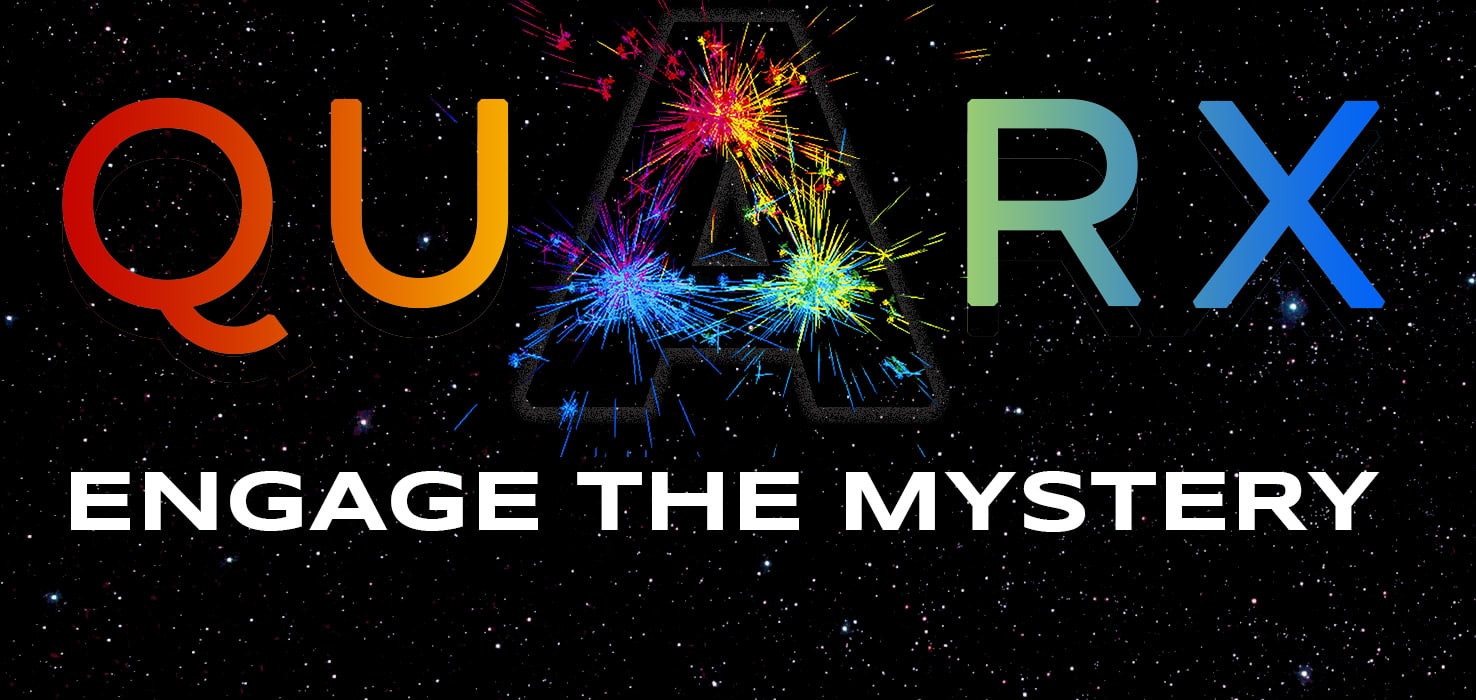by Gaia | Jun 13, 2021 | To what extent is the Universe conceivable?
“Human ‘conception’ of the Universe works like the eyes conceiving of the body. We may be a component of the Universe – a critical one at that – and yet our function is to look outward (like the eyes). We are not designed to understand that which is happening behind the eyes, but to see and sense and bring form and color to the Universal body. We do not understand the inner workings of the Universe and thus cannot fully conceive of it. We can only conceive of our domain, but that should be enough. We must perform our function impeccably.”
by B. Janszen | Jun 13, 2021 | To what extent is the Universe conceivable?
“Understanding the Universe is like being in a boat in the middle of the ocean. In all directions, it appears as though the horizon forms a circle and thus creates a boundary. At the same time, it seems that the horizon continues infinitely in all directions. Yet, amidst all of this, we can fathom that there does exist a distant shore somewhere, and thus we feel at ease somehow. This is how I imagine the Universe as we can observe it. A multidimensional fractal that exists as a reflection of our minds and their limitations.
by Uppsala University | Jun 13, 2021 | To what extent is the Universe conceivable?
“Uppsala University researchers have devised a new model for the Universe — one that may solve the enigma of dark energy. Their new article, published in Physical Review Letters, proposes a new structural concept, including dark energy, for a universe that rides on an expanding bubble in an additional dimension.
We have known for the past 20 years that the Universe is expanding at an ever accelerating rate. The explanation is the “dark energy” that permeates it throughout, pushing it to expand. Understanding the nature of this dark energy is one of the paramount enigmas of fundamental physics.
It has long been hoped that string theory will provide the answer. According to string theory, all matter consists of tiny, vibrating “stringlike” entities. The theory also requires there to be more spatial dimensions than the three that are already part of everyday knowledge. For 15 years, there have been models in string theory that have been thought to give rise to dark energy. However, these have come in for increasingly harsh criticism, and several researchers are now asserting that none of the models proposed to date are workable.
In their article, the scientists propose a new model with dark energy and our Universe riding on an expanding bubble in an extra dimension. The whole Universe is accommodated on the edge of this expanding bubble. All existing matter in the Universe corresponds to the ends of strings that extend out into the extra dimension. The researchers also show that expanding bubbles of this kind can come into existence within the framework of string theory. It is conceivable that there are more bubbles than ours, corresponding to other universes.
The Uppsala scientists’ model provides a new, different picture of the creation and future fate of the Universe, while it may also pave the way for methods of testing string theory.”
by Gilead A | Jun 13, 2021 | To what extent is the Universe conceivable?
One idea explains all the weird coincidences in the universe.
PHYSICISTS dislike coincidences such as those set out on these pages, suspecting them of covering up some new principle they don’t yet grasp. But when they run out of theories, there’s a one-size-fits-all explanation that can answer everything without really answering much at all: the universe is as it is because we’re here to see it. This piece of circular logic is the anthropic principle. A universe inhospitable to life would have no human beings around to observe it, so the one we see must, by definition, possess features essential to accommodating intelligent life. But that doesn’t tell us whether a slightly different universe might still host life, why our particular universe exists and not some other, or why we see finely balanced features with no bearing on the emergence of life.
And yet there is an idea that sweeps all these objections away: all conceivable universes exist side by side in a patchwork multiverse. We merely inhabit one out of the infinite selection.
Our cosmos’s five most startling coincidences – and what lies behind them
Why believe in the multiverse? Because a process such as inflation (see “The universe is flat as a pancake. Coincidence?“), if left unchecked, could produce a multitude of causally disconnected universes. String theory, still most physicists’ favoured route to an overarching theory of everything, conjures up an entire landscape of maybe 10100 or more universes, all with slightly varying properties.
But some still see the multiverse as an abdication of scientific responsibility: a fancier way of simply saying “coincidences happen”. And, if true, it means some astronomers out there are forced to justify a universe even more replete with coincidences than ours, while others could be bored stiff in a completely random cosmos.”

Recent Comments